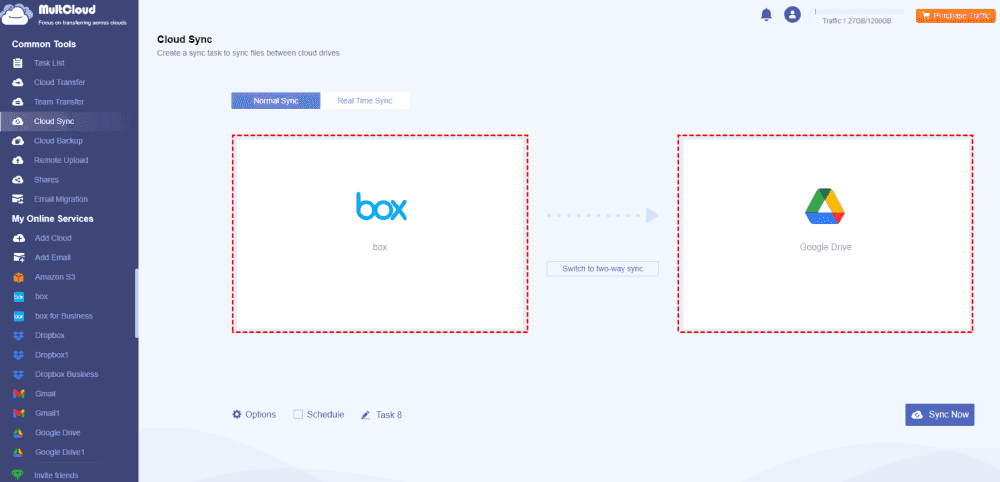

Determine what a 'good fit' is for your company.Research how referrals are coming to your business.Start with customer referral templates.If you're ready to start leveraging word-of-mouth at your business, read on to the next section for tips on how to create a customer referral program. Since they've been referred by someone they know, they have a reliable resource telling them that your company is trustworthy and produces a positive customer experience. This only makes it easier for your marketing and sales teams to nurture and engage customers because not only are these leads a good match for your business, but they're also familiar with your company and its reputation. By asking customers to think about people who would benefit from your product or service, they'll refer leads that are a good fit for your brand. The purpose of a referral program is to attract new leads to your business.

Rather than writing reviews online, or submitting customer feedback surveys, referral programs let customers share their brand experience with partners, colleagues, and friends. And when referrals are the heart of generating new business, operating with tact, consistency, and patience is extremely important.Ī referral program is a word-of-mouth marketing tactic that encourages customers to advocate on behalf of your brand. The reality is, however, that you're effectively asking your customers to stand in place of your marketing and sales departments. And these programs work - 86% of companies with robust referral strategies have seen revenue growth over two years. Referrals grew by 425% during the first wave of lockdown as companies looked for ways to expand their customer base even as sales, marketing and purchasing moved online. The exact value of a referral varies across different businesses, but it's roughly the lifetime value (LTV) of a customer, plus the cost of customer acquisition (CAC), which you can then use to acquire additional customers.ĭata tells the tale: Companies found that referred customers are 18% more loyal, have a 16% higher lifetime value rate, and spend 13% more than their non-referred counterparts. Customer referrals are highly valuable because they don't cost much - if anything - to acquire.


 0 kommentar(er)
0 kommentar(er)
